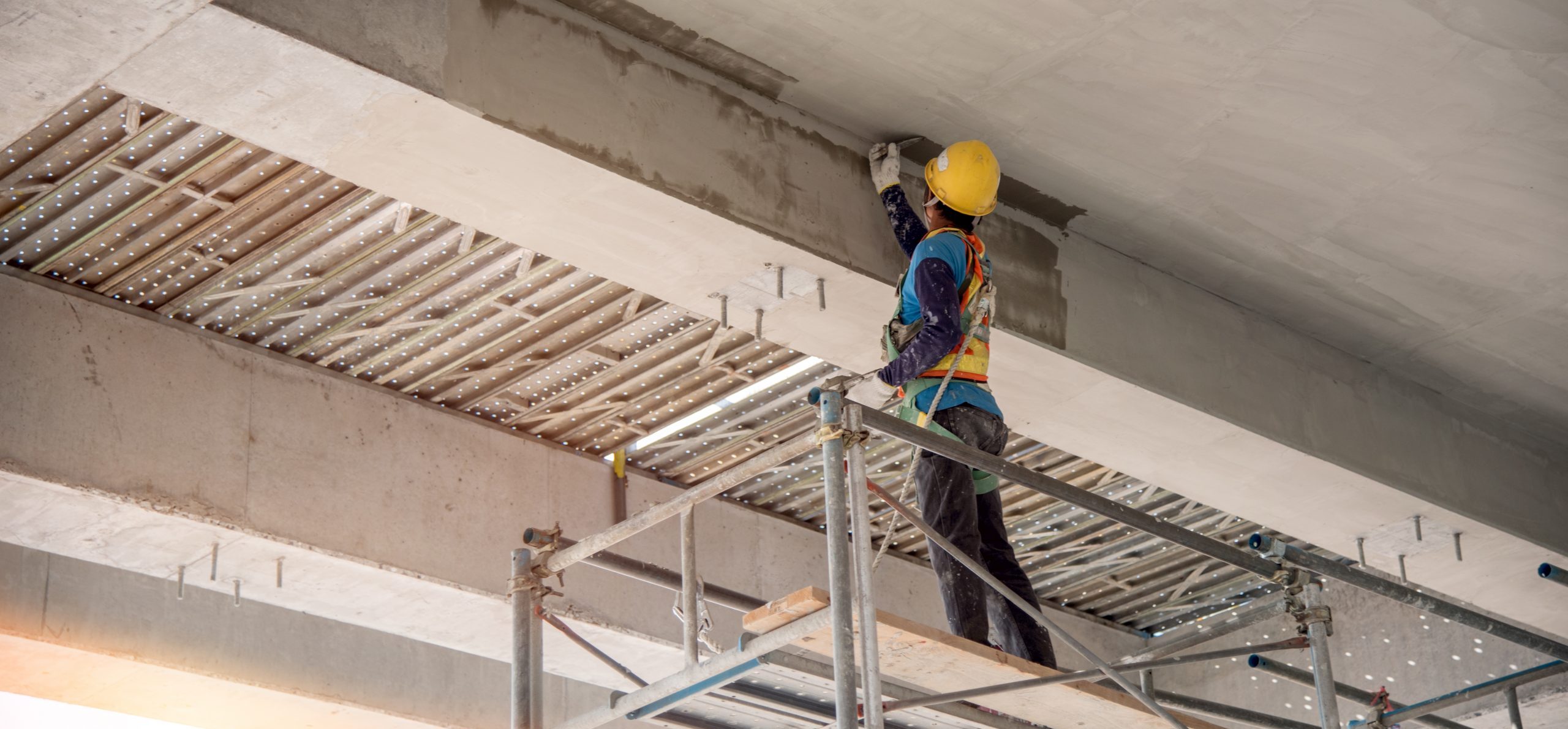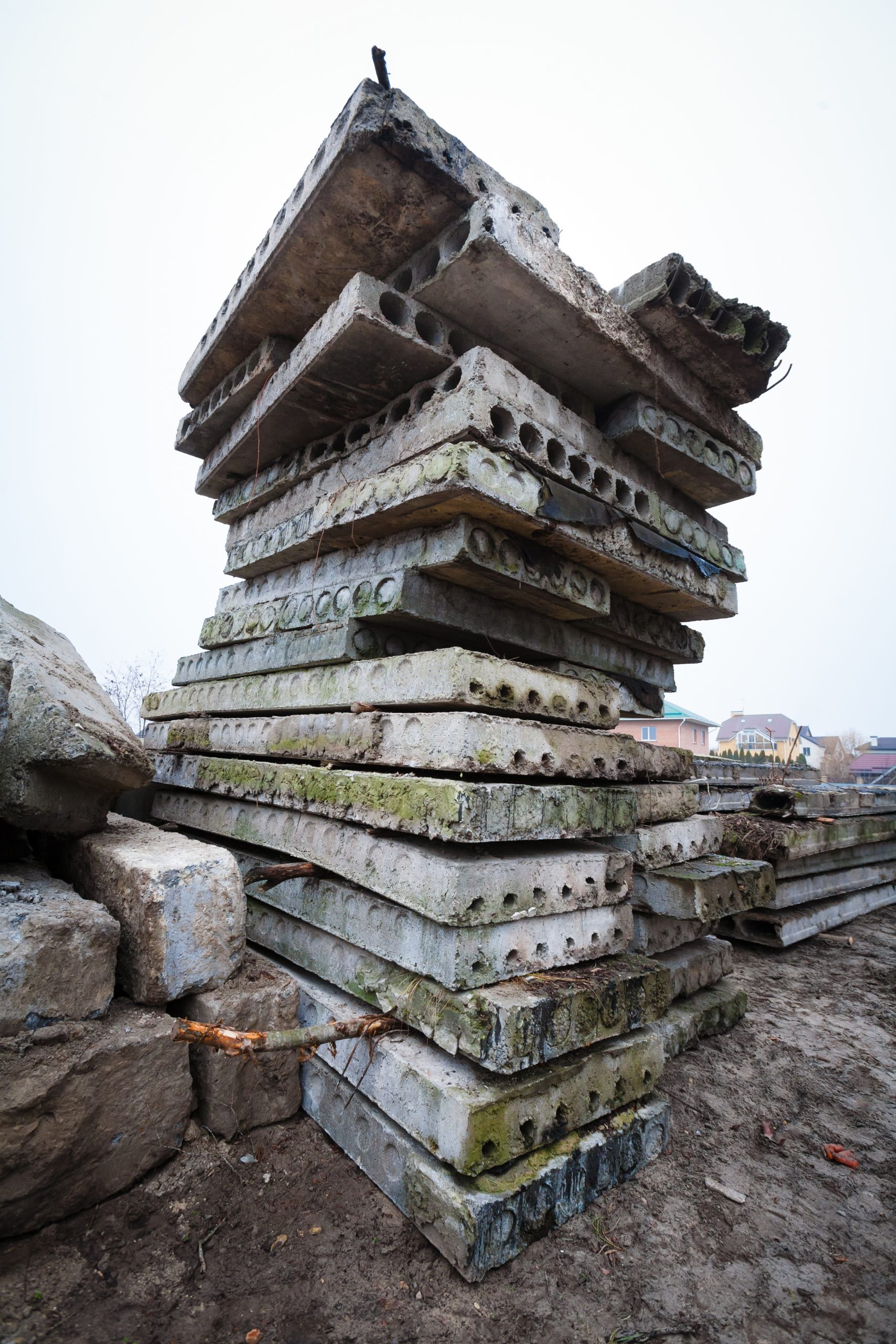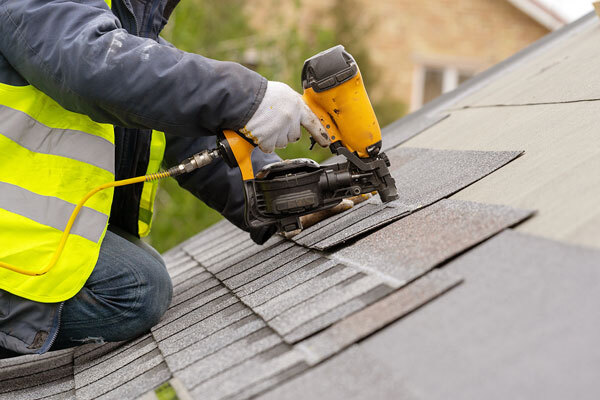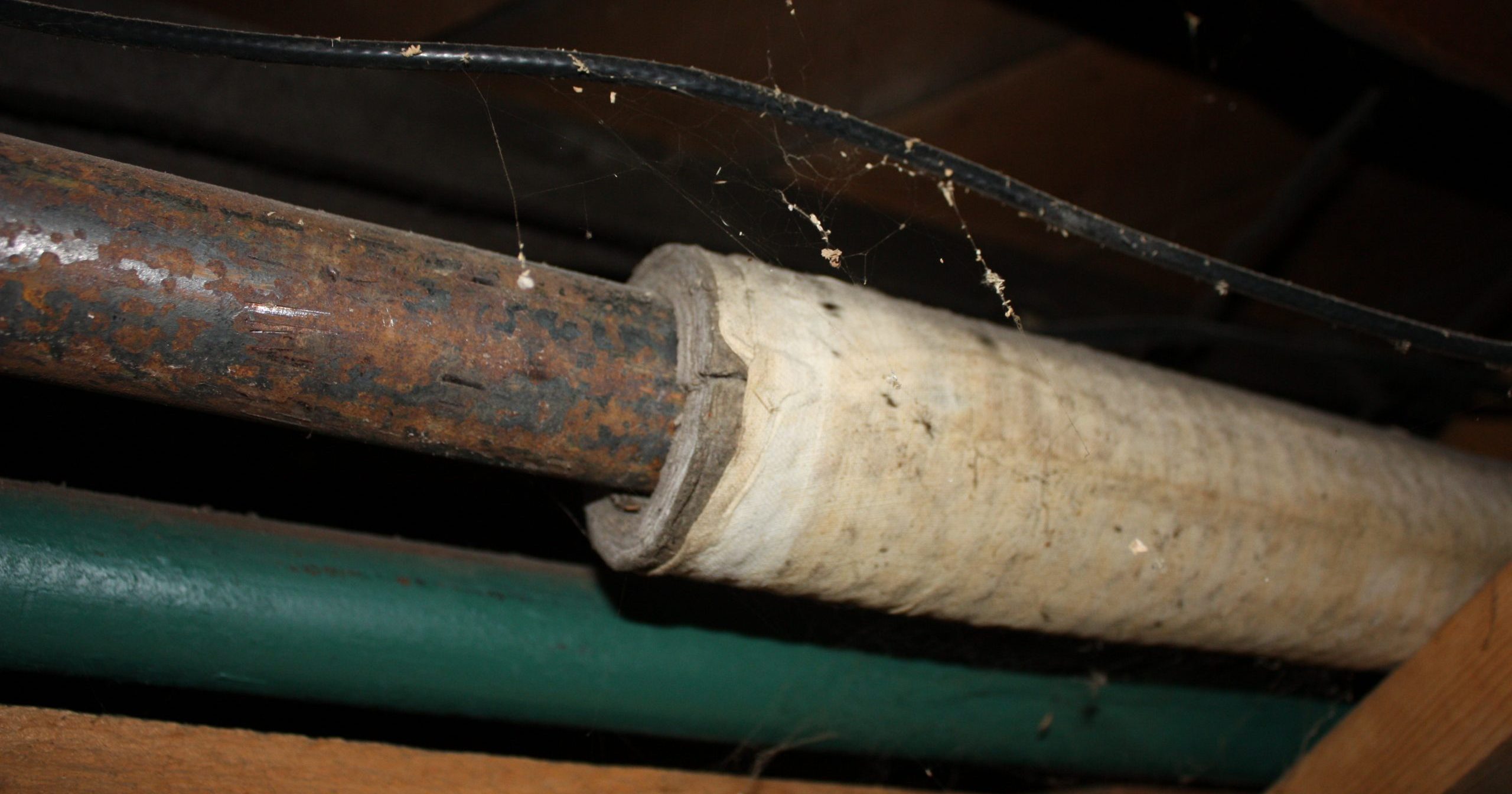Construction Workers and Mesothelioma
According to the U.S. Bureau of Labor Statistics, the construction industry in 2020 employed approximately 7 million people.
Many of those construction industry workers will be exposed to asbestos if they do not take proper precautions during the remodeling, renovation, expansion, or demolition of structures built prior to the 1980s.
However, countless construction workers involved in the original building of those pre-1980s structures did in fact sustain asbestos exposure.
The source of asbestos exposure was the very materials those workers handled on a daily basis. Asbestos was present in products from floor to ceiling and roof to basement. In the years between 1930 and 1980, it was almost impossible for a construction worker to avoid asbestos on the jobsite.
The danger of asbestos exposure is that it can result in construction workers developing mesothelioma, asbestos lung cancer, asbestosis, or other asbestos-related diseases. The good news is these diseases can be fought—and so can the injustice of being exposed to the carcinogenic mineral in the first place.

Who qualifies as a construction worker?
A construction site laborer is one who, among other things, unloads and stages construction materials for use by tradespeople; puts up scaffolding; places forms to receive concrete ahead of pours; performs traffic control; helps direct operators of heavy equipment; sees to it that hoists and other gear are properly lubricated; uses tampers to compact soil; swings a sledgehammer to knock down walls and break up tiles in the course of a demolition job; and in general keeps the jobsite tidy.
The second definition of a construction worker is anyone who performs any type of job at a construction site. This includes tradespeople, such as heavy equipment operators, framers, drywallers, welders, painters, electricians, and plumbers.
Both definitions are equally valid because they share in common the fact that people working at the site of residential, commercial, industrial, or infrastructure construction face asbestos exposure risks.
Asbestos was a popular additive to these construction materials…
More than 3,500 products for use in the construction of homes, offices, schools, factories, bridges, and other structures were at one time in relatively recent history made with asbestos. And not only were they made with asbestos, but they also were heavily marketed as superior products owing to their asbestos content.
Here are some of the types of asbestos products construction workers could—and may still—encounter at job sites.
- Plaster
- Felt
- HVAC systems
- Cables
- Wires
- Ceiling tiles
- Ceiling stucco
- Insulation
- Flooring
- Furnaces
- Generators
- Garage door opener motors
- Ducts
- Wall panels
- Drywall
- Pipe coatings
- Shingles
- Siding
- Vinyl wallpaper
Construction workers and asbestos exposure from drywall.

Asbestos was added to these materials to make them stronger and lighter in weight. Asbestos also was added to make them moisture-resistant (which was important if used in bathrooms, laundry rooms, and boiler rooms).
As well, asbestos was added to drywall systems so that rooms could be warmed with less furnace heat and cooled with less air-conditioning.
The other benefit of adding asbestos was it made drywall systems fire-resistant, if not fireproof (depending on how much asbestos was added).
Asbestos typically poses scant health risk as long as it’s not disturbed. Yet disturbance is exactly what happens when drywall is handled. When a board of drywall is stacked in the room where it will be installed, some of the gypsum-and-asbestos material inside the product chips off at the edges as it is laid down.
Much the same thing happens when a board is cut, drilled, or hammered. However, the greatest quantity of asbestos is usually unleashed when joint compounds and board coatings have dried and are subjected to sanding.
Disturbed asbestos is asbestos that can become airborne. Once it enters the air of an enclosed space, it floats for days. Anyone who passes through that enclosed space without benefit of a respirator is likely to inhale some of those floating asbestos particles, which then find their way into the person’s lungs where they remain trapped. After a period of 10 or more years of being locked away inside the lungs, those asbestos particles can cause healthy cells to begin mutating and eventually produce mesothelioma, for example.
Notably, not all drywall systems contained asbestos. In the 1970s, some companies (such as U.S. Gypsum) sold drywall systems expressly labeled as asbestos-free. This sort of marketing appears to represent a tacit acknowledgement of the unhealthfulness of asbestos-containing products.

Construction workers and asbestos exposure from roofs.
These shingles not only looked attractive, they also helped to protect structures from catching fire (as might happen were embers from a nearby fire to fall on a roof covered in wooden shingles). Clay and slate shingles also provided insulation against the beating rays of the sun, which helped keep rooms cool and comfortable during hot-weather months.
However, clay and slate shingles were heavy and expensive. So, when comparatively lightweight and lower-cost shingles fashioned from composited hydraulic cement and asbestos hit the market around the 1920s, they quickly overtook clay and slate as the Number One roofing choice in America. It also helped that asbestos shingles came in many more colors than those available in clay or slate.
Asbestos shingles held the top spot until the early 1950s. Cutting into their market share were new asphalt-based roofing materials (which overtook asbestos-based roofing products by the 1960s). Asbestos-based roofing products were no longer used after around 1980, but many buildings still standing and in use today continue to be covered with asbestos shingles.
Asbestos shingles become potentially dangerous to human health when they are staged and prepped for installation because those steps involve jostling the shingles and, as necessary, sizing some of them for fit (which means cutting). Jostling and cutting are actions that permit asbestos to break free from the shingles and begin floating in the air where they can then be inhaled or ingested. Breathing or swallowing asbestos fibers can set the stage for the onset of mesothelioma or other asbestos-related diseases.
Removing asbestos shingles during a roof retrofitting or demolition also can send asbestos airborne. To remove an asbestos shingle, one must strike it with a mallet, pry it loose with a bar, drill into it, or possibly even cut it with a saw. All of these activities cause asbestos disturbance.
Construction workers and asbestos exposure from ceilings and floors.
Stucco is a decorative covering made of sand and cement plus a few other additives. Often, one of those additives was asbestos.
Many builders preferred stucco to alternative ceiling materials such as tiling and wood. First, stucco was easy to apply. It could be rolled on like paint or shot out of a spray gun. Second, it was cheaper than wood or tiles. Third, it held up better over the years. Fourth, it greatly improved a room’s acoustic characteristics. And fifth, it was attractive—asbestos stucco ceilings were usually a very bright white that made rooms seem cheerier.
Additional reasons why builders made extensive use of asbestos stucco ceilings (also known as popcorn ceilings or textured ceilings) were fire-resistance and thermal performance.
Those were the same reasons builders for a time favored asbestos flooring materials rather than wood or other non-asbestos materials.
However, asbestos flooring—and the mastic used to secure it—could be hazardous to health. The danger arose from the rough handling to which rolls of the material were sometimes subjected after being taken from the back of the delivery truck and deployed in the staging area prior to installation. Further danger came from cutting the material to fit the floor space. Still more danger materialized when the flooring was pulled up and carted away during a remodel, renovation, or demolition.
These are the sorts of activities known to cause asbestos to break free of the material in which it is contained. When asbestos breaks free, it typically splits off into tiny particles that may or may not be visible to the naked eye. And they are shaped in a way that makes it difficult if not impossible for them to be naturally purged from the lungs or intestines in the event those particles are inhaled or ingested.
Construction workers and asbestos exposure from electrical systems.
For construction workers, electrical systems represented a health risk if those systems contained asbestos. Many, if not most, of those systems did at one point contain asbestos.
Asbestos was used as electrical insulation for high-voltage and household-voltage applications. It was also used as low-voltage insulation for telephone cables.
Asbestos electrical insulation—which offered fire-resistance and heat-containment properties—was desirable for protecting wires and conduction surfaces from moisture and from one another (so as to prevent arcing or short circuiting).
Asbestos electrical insulation was added to HVAC systems, lighting systems, sump pumps, construction machinery, portable tools, generators, and welding equipment—basically, anything with an on-off switch or a circuit breaker (which also usually contained asbestos).
Exposure to the asbestos in electrical insulation could occur if the insulation were to be stripped off, torn, or otherwise disturbed. From exposure would emerge the potential for mesothelioma, asbestos lung cancer, asbestosis, or other asbestos-related disease to develop.

Construction workers and asbestos exposure from cement pipes.
Some construction workers have found themselves in proximity to cement pipes made with asbestos. These workers may have been involved in laying the pipes, removing them, or disposing of them.
In the process, they might have become exposed to the asbestos and found themselves at risk for later developing one of the diseases associated with asbestos exposure.
Asbestos cement pipe—also known as transite pipe—was introduced in the 1930s. It was most often used for underground water mains, sewer lines, and street runoff lines. Asbestos cement pipe also was used for chimney flues.
Demand for asbestos cement pipe was strong in the U.S. and remained that way until the 1970s by which time more than a half-million miles of it had been laid. Driving that demand was asbestos cement pipe’s reputation for being relatively lightweight yet durable enough to remain in service for a half-century or longer.
It has been approximately a half-century now since the last asbestos cement pipes were laid, and many of them and those installed earlier are today at the end of their useful service life. That means they will need to be pulled up and carted away. As that takes place, asbestos exposure of the construction workers involved may occur unless they take proper safety precautions.
Construction workers’ rights to compensation after asbestos exposure.
If asbestos exposure has resulted in you or a loved one developing Malignant mesothelioma, asbestos lung cancer, asbestosis, or other asbestos-related disease, you or that loved one may be entitled to have the costs of treatment reimbursed and to receive money to make up for lost wages and even for pain and suffering.
Asbestos exposure lawsuits:
The company or companies that made the products containing the asbestos to which you were exposed at the construction jobsite can be brought to justice. This is accomplished by bringing a lawsuit against them. If you win, the court could award you anywhere from six to seven figures in compensation.
Asbestos exposure settlements:
You might not even need to go to trial if the company or companies you sue decide to settle with you out of court. Most defendant companies want to settle rather than go through the process of getting ready to explain to a jury why they shouldn’t be held liable for the harms their asbestos products inflicted on you.
Asbestos exposure trust claims:
There is a special system set up to compensate construction workers who want to sue an asbestos company but aren’t permitted to do so because the prospective defendant filed for bankruptcy. Under this system, aggrieved construction workers may be eligible for compensation by filing a claim with an entity known as an asbestos trust.

About the author…
Sara M. Salger received her undergraduate degree from Southern Illinois University Edwardsville, graduating cum laude, and Saint Louis University School of Law for her J.D. where she received an International Law Certificate and litigation focus.